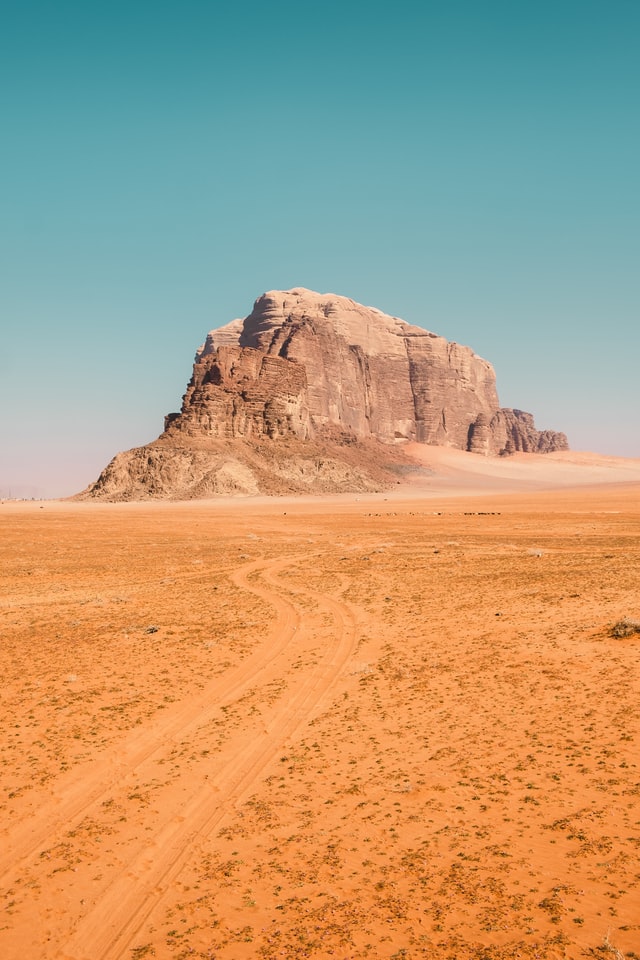Picking an outfit? Take inspiration from this thrilling talk about digital fashion: the new, weird and wonderful world of fashion designed for our virtual worlds. Watch as Gala Marija Vrbanic, a leader in this emerging field, showcases what you could wear across your digital channels -- be it TikTok, Instagram or in the metaverse -- and shares how it could infinitely expand the creative possibilities of fashion, identity and self-expression.
What if we could use brain waves to treat Alzheimer's? Professor and neuroscientist Li-Huei Tsai details a promising new approach to artificially stimulate gamma brain waves using light and sound therapy, to increase connectivity and synchrony and delay the onset of this deadly disease. This non-invasive therapy has already been shown to work in mice -- now it's on to human clinical trials, with the potential to usher in a brighter future for everyone. (Followed by a Q&A with head of TED Chris Anderson)
Only four percent of construction workers are female -- that's totally unacceptable, but it's also a huge opportunity both for women and for the trades, says youth educator and builder Emily Pilloton-Lam. She makes the case for putting power (and power tools) into the hands of young women and gender-expansive youth, dreaming of inclusive construction sites -- and daring to ask: What if women literally built the world they want to see? (Plus, Pilloton-Lam dazzles with a live demo of her own woodworking skills ... while giving the talk.)
Supply chain challenges are real, but they're not new, says global trade expert Dustin Burke. In the face of disruptions ranging from natural disasters to pandemics, how do we make sure supply chains can keep up? Burke offers a combination of solutions -- from companies sharing risk to better forecasting disruptions -- to help create a more resilient, efficient tomorrow.
What do woolly pigs have to do with climate change? They're part of a vital, ingenious and evolving strategy to take carbon out of the sky and store it safely -- in trees, soils, the ocean, buildings, rocks and deep underground. Every carbon removal approach takes some combination of natural resources, human ingenuity and technology, says climate thinker Gabrielle Walker. If we get the mix right, we can clean up the environmental mess we've made, reverse the processes behind climate change and give nature a chance to heal. "What goes up must now come down," she says.
For the nearly 20 million Americans with a felony record, punishment doesn't end after their prison sentence. Sociologist Reuben Jonathan Miller sheds light on the aftershocks of mass incarceration through the stories of people who've lived it, left it and still have to grapple with punishing policies after their release. A challenge to rethink the criminal justice system in the US -- and make a place in society for all people, even those who've done harm.
Once considered the ugly duckling of environmental conservation, seagrass is emerging as a powerful tool for climate action. From drawing down carbon to filtering plastic pollution, marine scientist Carlos M. Duarte details the incredible things this oceanic hero does for our planet -- and shows ingenious ways he and his team are protecting and rebuilding marine life.
What can't Candace Parker do? A two-time NCAA champion, two-time Olympic gold medalist and two-time WNBA champion, Parker knows what it takes to fight for your dreams. In this inspiring talk, she shares what she's learned during a career spent not accepting limits -- and how her daughter taught her the best lesson of all. "Barrier breaking is about not staying in your lane and not being something that the world expects you to be," she says. "It's about not accepting limitations."

